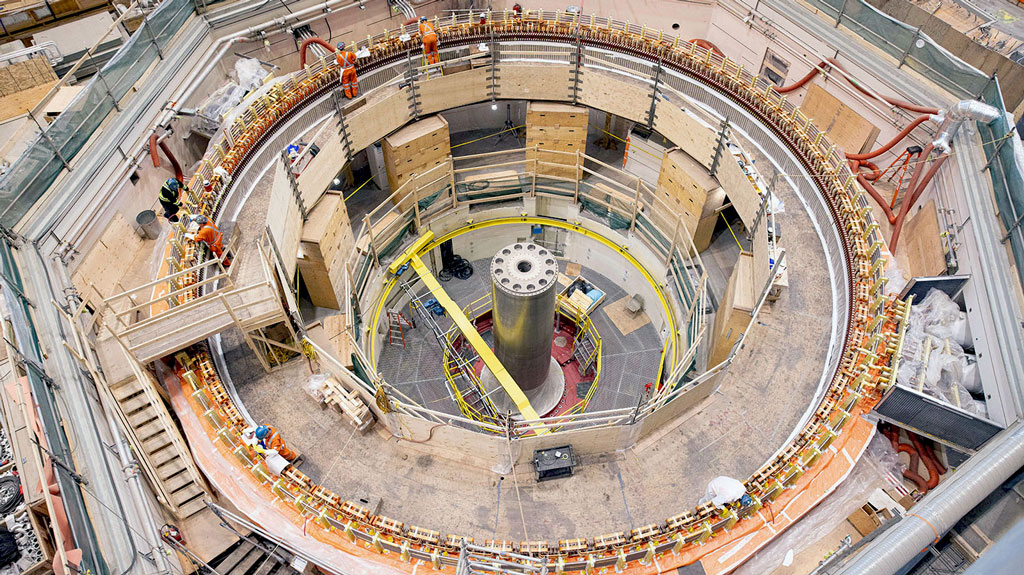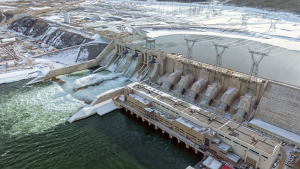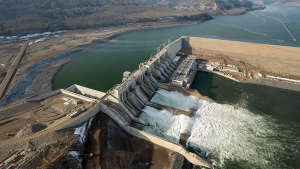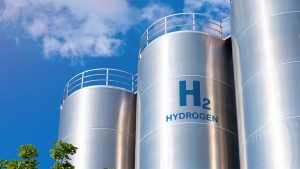BC Hydro’s recent announcement marks a significant milestone for the Site C Clean Energy project, with 80 per cent of the construction now complete.
This massive $16-billion undertaking, which began in 2015, is poised to add 1,100 megawatts of capacity and approximately 5,100 gigawatt hours of energy annually to British Columbia’s power grid.
Maintaining progress on this large-scale endeavour has required a dynamic and substantial labour force.
According to the megaproject’s monthly workforce report for September, the project employed 5,442 workers, which includes a mix of onsite personnel, remote workers and those on rotational shifts.
A significant portion of the workforce is from the local area, with 3,475 workers (64 per cent) from British Columbia and 904 workers (20 per cent) hailing from the Peace River Regional District.
In terms of timeline, the project was forced to adapt in the face of COVID-19.
“We lost a year on our schedule there,” explains Greg Alexis, manager of public affairs and community relations for the Site C Clean Energy Project. “We were on schedule for 2023 reservoir filling and 2024 project completion and that knocked us back and it was something our crews managed really well.”
Now, the project is on track for filling in 2024 and project completion in 2025.
Challenges and milestones along the way
Since its commencement in 2015, the Site C project has not only been an engineering endeavour but also a venture in overcoming a series of challenges – including delays due and cost escalations.
A major milestone in this journey was the diversion of the Peace River in October 2020, a crucial step that paved the way for constructing the earthfill dam.

This task involved an intricate operation to create a dry area by pumping water out from between two cofferdams.
Rerouting of the river through two sizable tunnels, each about 750 metres long and 11 metres in diameter, on the north bank, represents a remarkable feat.
This change, explains the project’s website, has been instrumental in forming a headpond during high river flows, which at certain times can stretch up to 15 kilometres, reaching as far as Cache Creek.
Site C’s environmental impact has been a focus, with the successful navigation of a record-breaking 3,800 fish through the fishway, a significant improvement over the previous season’s total.
The project has also necessitated significant infrastructure changes.
“We’ve completed the realignment of about 30 kilometres of Highway 29 down the Peace River valley, along with new bridges, to accommodate the future reservoir,” stated Alexis. “That was all wrapped up and completed last summer.”
Final stretch before reservoir filling
As the Site C project nears completion, one of the final and crucial phases is filling the reservoir.
According to a BC Hydro statement issued in mid-November, the organization had been working on the option to start reservoir filling this fall, which was one year earlier than scheduled.
“However, there are some critical work areas that still need to be completed before reservoir filling could begin, including the approach channel, spillway gates and powerhouse intake gates,” the statement reads. “With winter weather and colder conditions setting in, the window to safely begin reservoir filling was coming to a close. As a result, BC Hydro has made the prudent decision to stay on track with its current project schedule.”

Alexis says reservoir filling will occur next fall instead, “at which point we’ll start bringing the generating units online, one by one. We’re on track to do that in 2025,” says Alexis.
Each of the six generating units is significant, three times the weight of the Statue of Liberty.
The reservoir will transform the Peace River, widening it two to three times on average. Water levels are expected to rise between 30 centimetres and 2.5 metres daily.
Near the dam, the reservoir will be 52 metres deep, decreasing to 36 metres at Halfway River and 18 metres near Hudson’s Hope.
Covering 5,550 hectares of land with a total surface area of about 9,330 hectares, the reservoir will stretch 83 kilometres in length.
Tunnel conversion, essential for controlling water flow during the filling, was completed between July and September of this year.
As detailed in a BC Hydro Construction Bulletin, this involved the installation of four large rings in one of the diversion tunnels to regulate water flow, a task necessitating precise timing due to environmental, operational and weather-related constraints.
Once the reservoir filling starts, downstream flows will continue as the diversion tunnels are gradually sealed and permanently filled in. This marks a critical juncture in the project.
“Once we’re finished, this project will generate enough electricity to power close to half a million homes or the equivalent of 1.7 million electric vehicles,” says Alexis.










Recent Comments